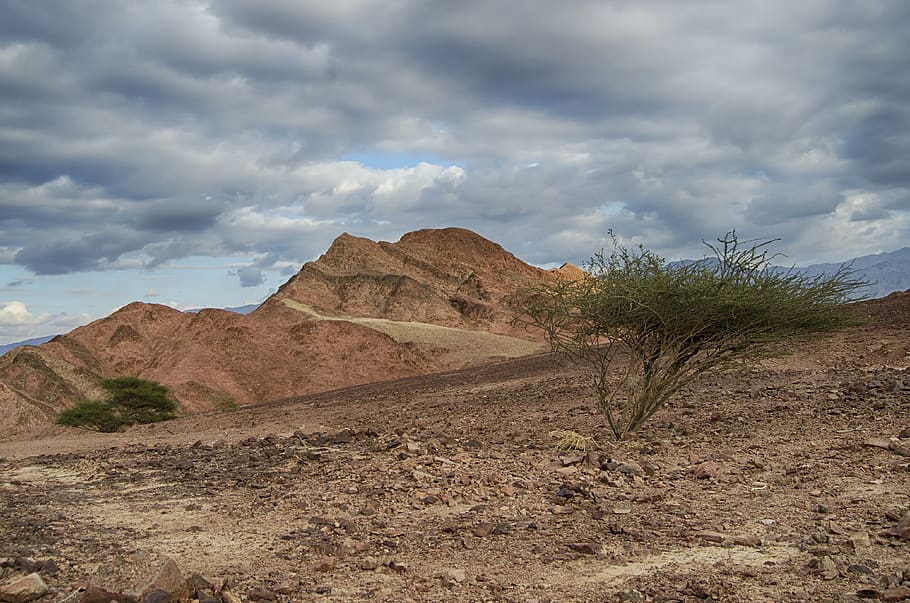Arid lands are places of water scarcity or where water remains frozen. Tropical hot desert is known for excessive heat and inadequate rainfall resulting in dryness. In the cold deserts the soil is frozen for most of the year. The heat of the sun is so weak that the ice does not melt in many places. As a result water is not available for plant use.
Characteristics of Arid Lands

Types of Arid Lands
Arid are terrestrial habitats without water. There are two types of arid lands.
Distribution of Organisms in Arid Lands
Very few plants survive in the arid lands and include the cactus family, grasses and thorny shrubs. As soon as rain falls the seeds germinate and make food available for a short time for primary consumers. Grasses grow during the short wet periods.
Fewer animals live under vegetable litters or branches, leaves and trunk of trees and shrubs while many more live in burrows in the soil. Among the primary consumers are beetles, larvae of insects, ants, grasshoppers and small animals like rodents. They feed partly on seeds and partly on dry remains of desert vegetation. Higher – order consumers are centipedes and scorpions. The predators are carnivores such as lizards, geckos, vipers and spiders.
Some Adaptation of Organisms to Arid Lands
The adaptation of plants and animals in arid lands are similar to those exhibited by the savanna plants and animals to survive drought and high temperatures. Many of the arid land plants also have their modified into scales or thorns. Some such as cactus also store water. The camel is an example of arid land animal which can go about for a long time without water.
Adaptive Features of Plants in Arid Land
Plants that are adapted to dry habitat are called xerotypes. They possess the following characteristics:
Adaptive Features of Animals in Arid Lands

EVALUATION (POST THE QUESTION TITLE AND YOUR ANSWER IN THE QUESTION BOX BELOW FOR EVALUATION AND DISCUSSION)
ASSIGNMENT
WEEKEND ACTIVITY
Read our disclaimer.
AD: Take Free online baptism course: Preachi.com 